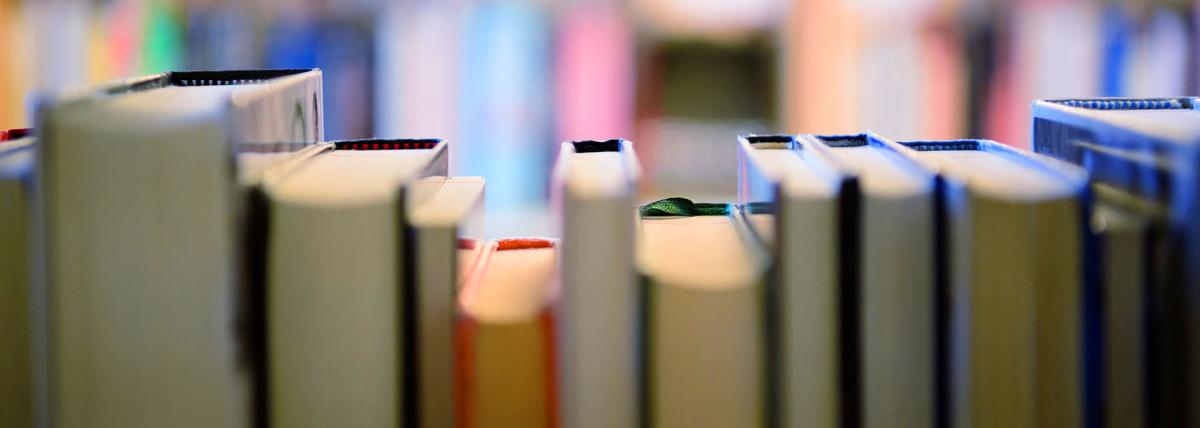In this lesson, students are to use simple materials to create a structure that holds weight. It must be able to stand on its own. Students will first study and discuss gravity.
In this kindergarten computer science lesson, students explore algorithms through a playful "Looping Train Adventure," connecting everyday actions to the way computers follow instructions in a
In this high school lesson, students will get the opportunity to engage in scientific research, studying sustainability and fuel options, while creating models to represent their knowledge.
In this creative lesson, students use research and observations to plan an ideal area for our school chickens. Students build the needed structures and work together to create the chickens' home.
In this geometry/coding lesson, students embark on an exciting journey with Elsa and Anna from Frozen using Code.org. The lesson introduces fundamental coding concepts through interactive puzzles and
In this lesson, students will explore how temperature and pressure can each affect the states of matter. Students will develop a plan and a hypothesis, and will the conduct their experiment to analyze
In this lesson students learn about absorbency and are introduced to the colorful world of tie-dying as a way to recycle stained shirts.
This hands-on lesson, allows students to make observations and draw conclusions based on their own crystal growth experiments. It combines literacy and science to give the students the opportunity to
This lesson plan is about structures that are balanced using tension forces. Students will create their own tensegrity structure that will withstand a predetermined amount of weight. Students will
This is best for high school AP/IB/Honors Biology students for using clay and miscellaneous items to model and then film their model of Cellular Respiration to better understand how the Electron
In this lesson students will use the Engineering Design Process to create a working foosball table. Students will also code a Micro:bit that they will use to keep score between the two teams.
Calculating Moles to gram of multiple different compounds to make playdough. Includes easy and advanced practice problems (with answers) and teacher background knowledge. Basic easy ingredients are
Students use test strips and research to solve the issue of a fish death in our classroom tank. This would also work well for the initial setup of a tank. Students see a tangible, observable, real
Get your students up and moving! Together, you and your students will move and create a model of the solar system. Your kinesthetic learners will love this lesson! The solar system comes to life
Students will learn the history of rainsticks. They will engineer and design their rainstick. Students have to figure out how much rice, beans and corn goes inside to make the sound of rain. Finally
Students use an interactive map and ArcGIS software to analyze the impacts of climate change on global populations.
Students have the opportunity to explore solar energy and the engineering process by creating solar ovens. This lesson integrates communication skills, the engineering process, data collection, and
Lesson explores compounds, mixtures and solutions, defining each and what distinguishes them from each other. Students complete a lab as an introduction, use a PowerPoint to refine their knowledge and
Splash of Science
Students measure the temperature of water as it cools to learn about heat transfer and thermal properties while using line of best fit, linear regressions and/or quadratic regressions.
A lesson to teach students how to collect, organize, interpret data, make inferences, raise awareness, and suggest possible solutions on the water quality of the waterbodies in the state of Arizona.
Students will solve mysteries using a digital scale, systems of equations, and their ingenuity! It enhances problem-solving skills and understanding of mathematical concepts.
The students will be tracing and measuring their feet. Then as a class they will be creating a line plot graph. Next, they will answer a couple of questions about the line plot graph created. They
Description: In this engaging lesson, students dive into the fascinating world of bone anatomy by creating styrofoam models of bones and simulating fractures. Through hands-on activities, students use
Day 4 of a 4 day unit (with an optional day 5) on hydroponics, urban farming and vertical farming. Students will learn about hydroponics used on the International Space Station and vertical farming
Featured Lesson Plans
Check out these notable lesson plans.

Makey Makey Storyboards

Sphero Rocket Payload Mission

